We are excited to announce our $2M seed round led by Joa Capital.
Read Now
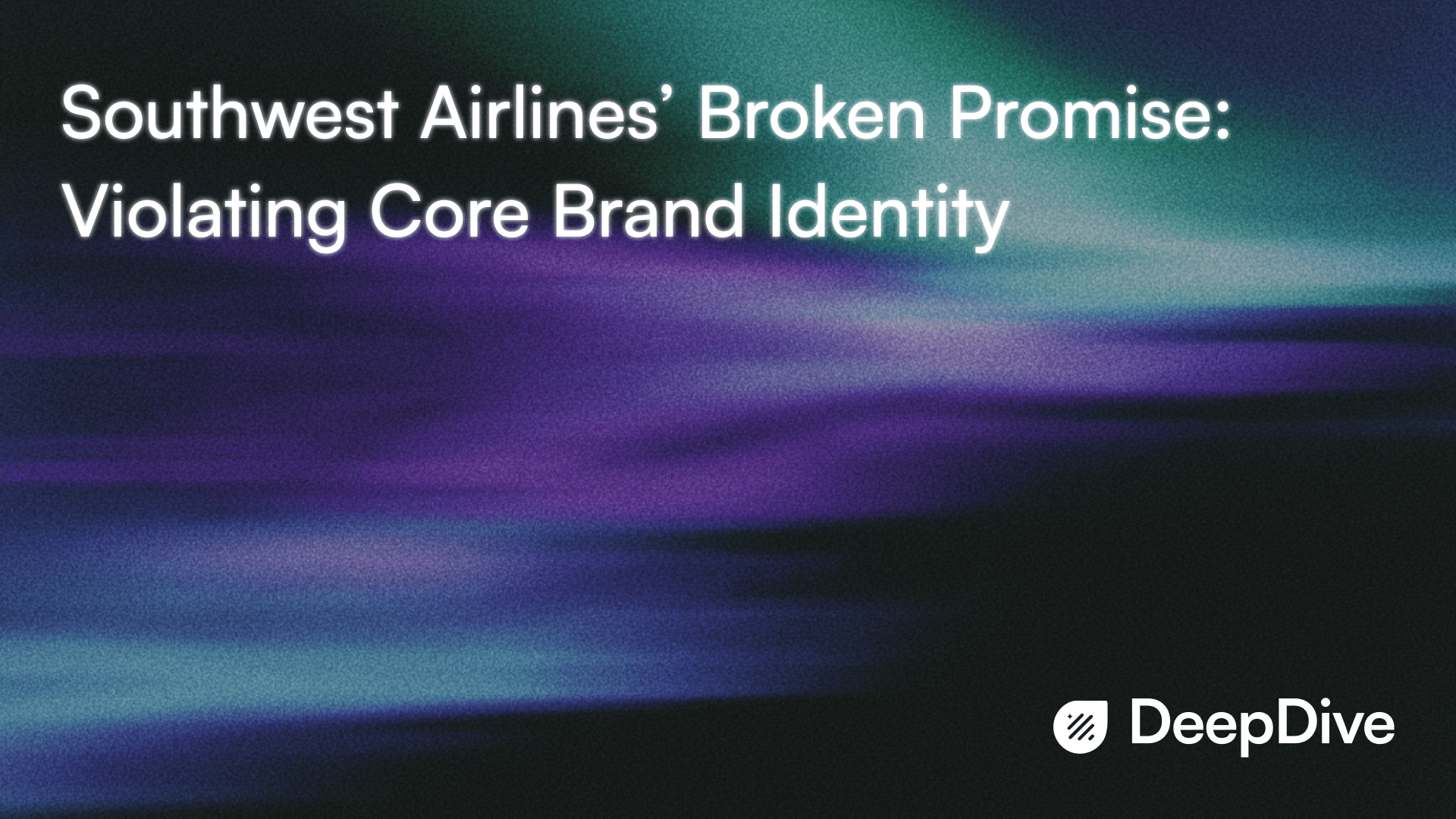
October 16, 2025
Syed Mohammad Sharfuzzaman Nayeem
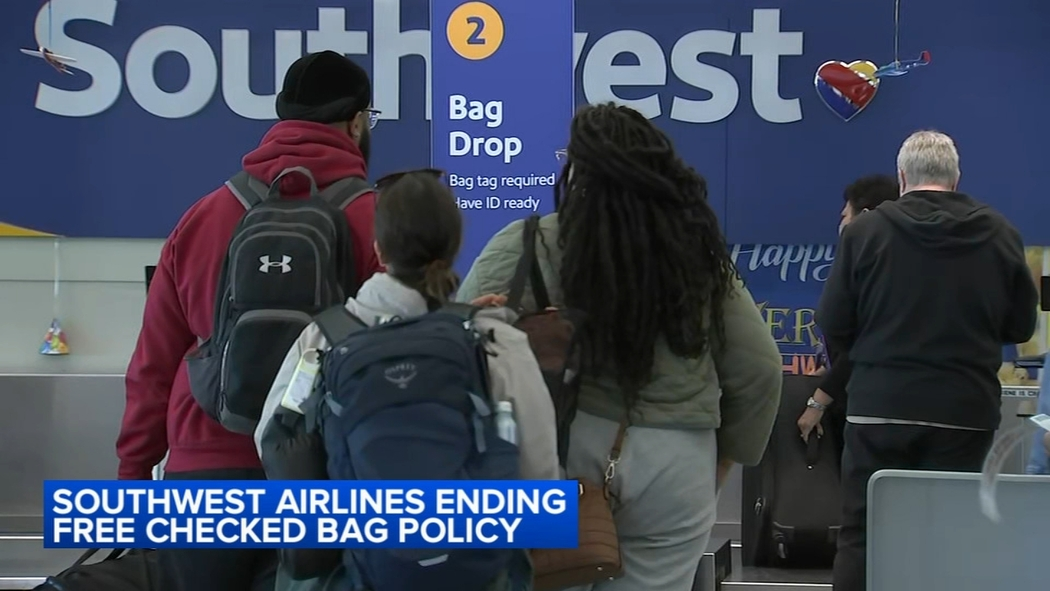
When brands build their reputation on one core promise like “bags fly free” or “Transfarency” they promise to stay consistent. Southwest Airlines broke that promise in May 2025 by announcing a new policy that would charge most passengers $35 for a first checked bag and $45 for a second. Unless of course customers bought premium tickets or held elite status.
So, either pay an extra charge or pay a lot more to avoid the extra charge.
On the face this might look like just a pricing change. However, it was a betrayal of core positioning. In marketing terms, Southwest violated its differentiation that defined the brand.
The backlash was swift, loud, and expected. You are literally asking to pay your customers for things you promised they never had to pay for. But that wasn’t the only problem.
When you take major business decisions, you are liable to face public scrutiny. How you communicate or navigate through these changes defines your success. Southwest violated brand equity for short term gains and ended up losing long term trust. But the loss has to be attributed to not just cost increase but also how they communicated the change.
From its founding, Southwest marketed itself as the friendly, no-nonsense, low-cost carrier. It stood apart by allowing two free checked bags and avoided hidden fees. It coined “Transfarency” to emphasize transparent pricing and no surprises. That promise became central to its market positioning and brand equity.
In March 2025, Southwest announced it would end the free bag policy starting May 28, 2025. The new fee would charge passengers $35 for the first checked bag, $45 for the second. Some elite and premium customers would retain benefits: e.g. Rapid Rewards A-List Preferred and Business Select tickets would allow two free bags; A-List and credit-card holders would get one.
This move aligned Southwest with industry norms, American, Delta, and United already charged similar fees. But for decades, Southwest was the last major U.S. carrier offering free checked baggage. Customers were loyal to them for a reason. That made this decision a symbolic abandonment of its foundational promise.
To Southwest, it was a “business decision.” So, they offered no apology or acknowledgement for breaking a promise. Their public statements were basically corporate language and emphasized on revenue pressure.
But they never betrayed the emotional betrayal customers felt. You might think, an extra cost is bound to sting customers but there’s nothing emotional about it. But you would be wrong.
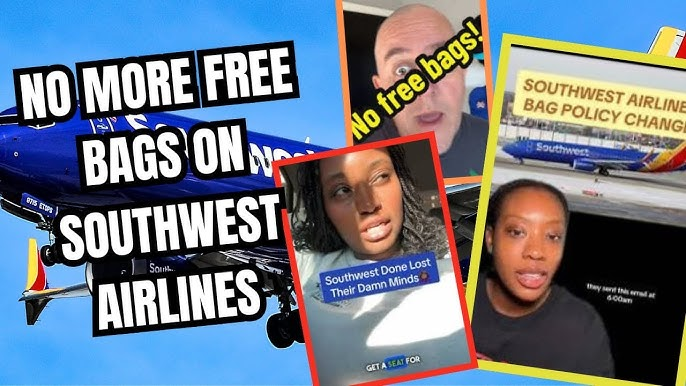
Social media lit up negative PR. Loyal flyers felt deceived. Sentiment scores reportedly plummeted. Many said they could no longer justify loyalty, “Why pay extra for baggage when other airlines already do so?”
Some quantifiable consequences followed: Southwest’s own disclosure showed that baggage fees were expected to generate $83 million from users checking three or more bags on newly ticketed flights. But that revenue might come at the cost of long-term brand erosion and customer defections.
Analysts foreshadowed that removing the trademark policy will make Southwest look like just another airline.
To understand how Southwest might have handled this better, let's look at a few brands that faced promise violations or repositioning challenges, and either survived or stumbled less.
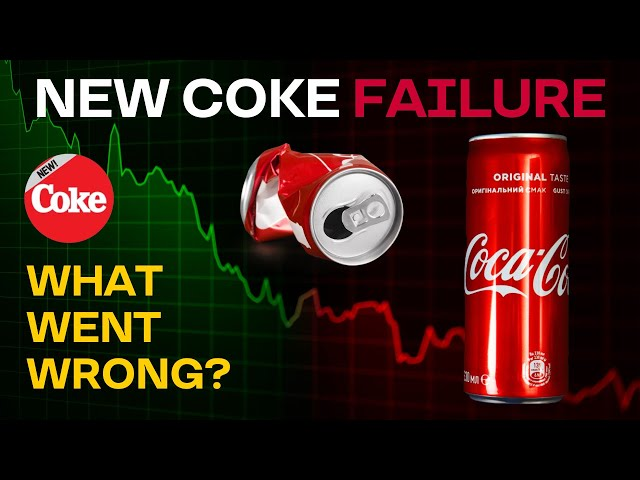
Probably the most classic example: In 1985, Coca-Cola introduced “New Coke,” abandoning their flagship formula. Consumers rebelled. The backlash was so intense that within three months, the company reintroduced “Coca-Cola Classic.”
That fiasco taught marketers that deviating from foundational brand identity, even with product improvements, can alienate loyal customers.
Southwest could have phased changes with gentler framing or retained the core promise for core customers rather than sweeping it away entirely.
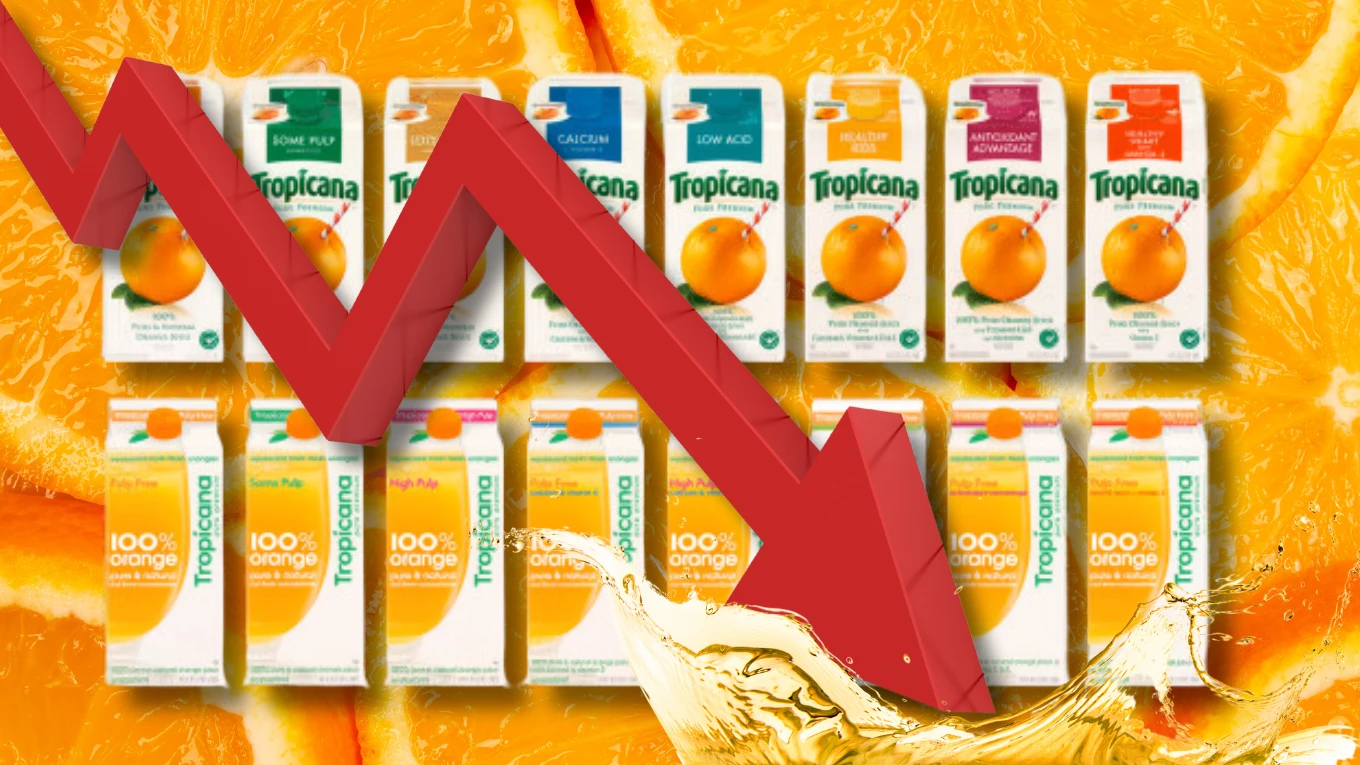
In 2009, Tropicana redesigned its carton, removing the iconic straw-in-orange imagery. Sales dropped by 20% in two months, reportedly costing $33 million. The new packaging blurred the brand’s identity. Tropicana reversed the change after consumer outcry.
Southwest’s removal of a core feature is too far from visual or functional identity, and consumer confusion and rejection can follow.
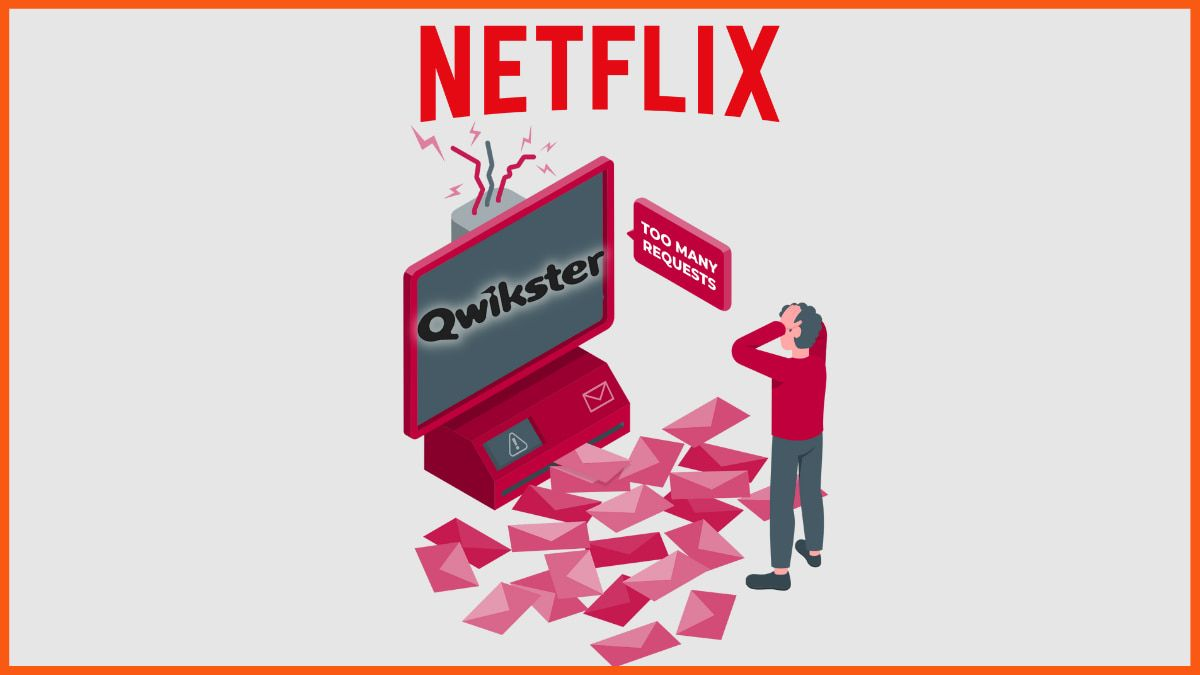
In 2011, Netflix announced a price hike and re-split its DVD and streaming services, naming the DVD side “Qwikster.” The move alienated customers, triggered subscription cancellations, and hurt reputation.
They quickly backpedaled. The lesson is it’s not just what you change, but how you communicate it.
Southwest’s lack of apology or emotional framing may have deepened customer resentment. A more empathetic communication strategy could have mitigated backlash.
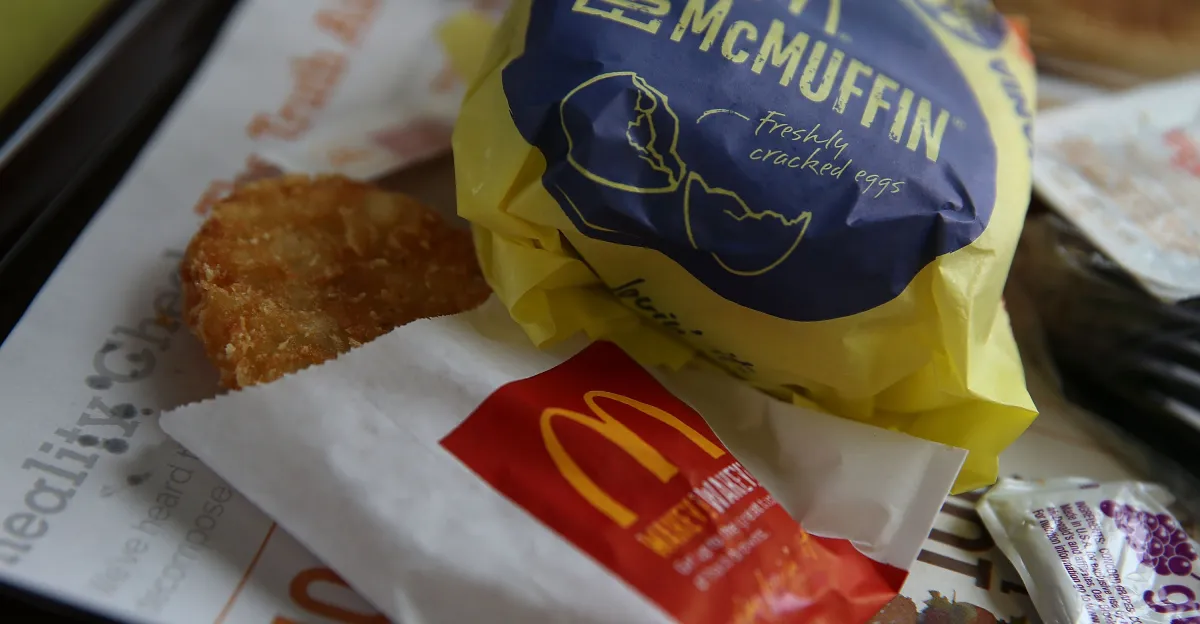
When McDonald’s introduced all-day breakfast, customer demand soared. But later scaling back disappointed many. The brand faced backlash for cutting a promise that had become part of its identity. Brands that take something away should tread carefully.
Southwest, by removing its free bag promise, effectively removed one of its identity pillars, which is always a dangerous territory.
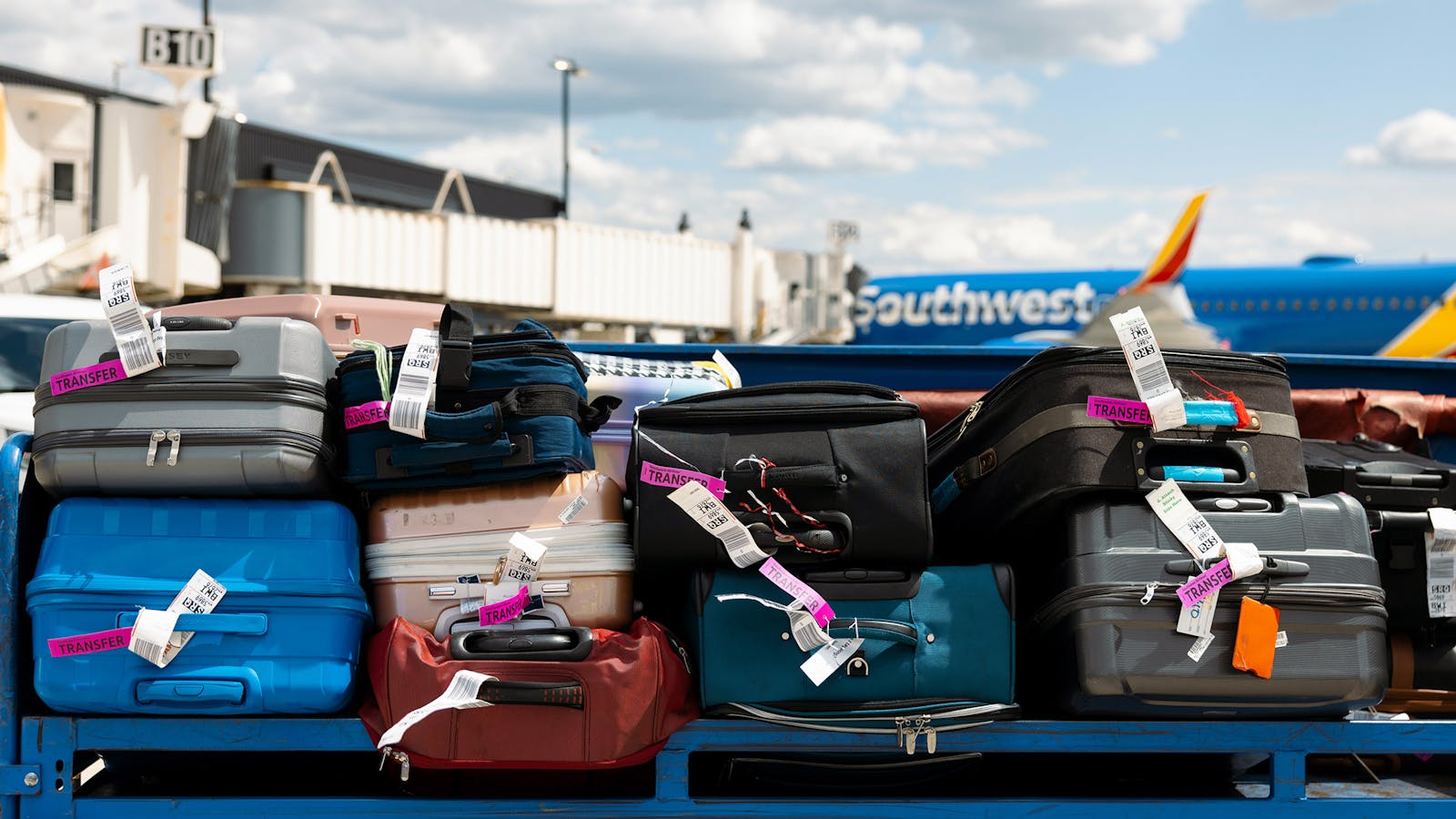
Southwest’s decision was too rash, too curt. Customers don’t understand complicated financial jargon. They simply saw this move as something negative. Naturally, they would be upset.
The smart move would have been to use sentiment data using social listening to detect any possible backlash early and then make your PR strategy. But Southwest expected customers to simply accept their decisions.
No matter how big of a brand you are, you are liable to your customers. So, you can’t just change your differentiation overnight without consequences.
Discover How Audience Intelligence can help your brand grow